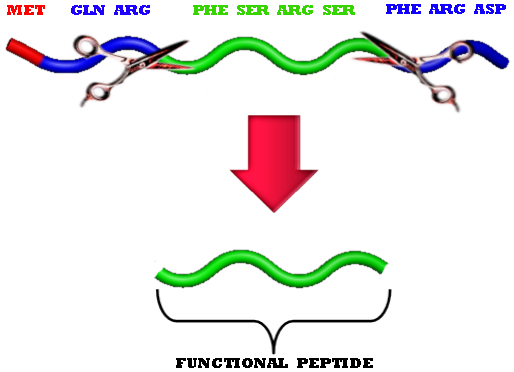Team:Imperial College London/M1
From 2009.igem.org

Contents |
 Module 1 Overview
Module 1 Overview
The E.ncapsulator has been designed to produce and deliver polypeptides (amino acid polymers) to the intestine. Module 1 encompasses the polypeptide production phase. During this period, our polypeptide of interest is synthesised at a rate sufficient to faciliate its accumulation inside the cell.
To demonstrate The E.ncapsulator's versatility, we have chosen to showcase it with both enzymes and peptides. These two classes of polypeptide have very different properties that we have considered and catered for in The E.ncapsulator's design.
To learn about the difference between enzymes and peptides, please click on The E.ncapsulator 
Peptide Delivery
Many peptide drugs are suseptible to breakdown in the stomach making them suitable candidates for encapsulation.
When synthesised, all polypeptides begin with the same amino acid: methionine. However, many polypeptides are subsequently chopped into smaller functional peptides that do not begin with methionine.
If we were to use natural polypeptide processing pathways, we would be forced to equip The E.ncapsulator with different enzymes for different polypeptides. We have avoided this inelegant solution and instead created a universal processing pathway that is compatible with all peptides. What is more, our system does not require the expression any additional genes!
To find out how our universal peptide processing system works, please click on The E.ncapsulator 
Opiorphin
To showcase peptide delivery, we have selected the pentapeptide (five amino acids) opiorphin. This peptide is naturally found in human saliva and plays a role in pain relief and pleasure. The delivery of opiorphin by The E.ncapsulator, marks the iGEM first entry to tackle psychological problems such as chronic pain and depression.
To find out more about opiorphin, please click on The E.ncapsulator 
Enzyme Delivery
To carry out their functions, enzymes must maintain their precise three dimensional conformations. Many enzymes denature in the acidic conditions of the stomach rendering them inactive. Even enzymes that survive stomach acid must face an assalt from stomach proteases. For these two reasons, enzymes are well suited for encapsulation.
Phenylalanine Hydroxylase (PAH)
PAH converts one amino acid (phenylalanine) into another (tyrosine). PAH is normally found in the liver, however individuals lacking the important enzyme suffer from the genetic disorder Phenylketonuria (PKU). Individuals with PKU must limit their consumption of phenylalanine to prevent it from building up and causing mental retardation. The delivery of PAH to the intestine by
- Protein value = PAH = metabolic subcontraction from liver. Treatment for a genetic disease.
- Innovation = SDR for protease resistance
- Protein value = Cellulase = increase microbiome functionality
Cellulase

Cellulose is a compound that is abundant in the human diet - it is what is commonly referred to as 'dietary fibre.' However, the human body is unable to degrade cellulose into glucose naturally, as it lacks the enzymes required to break down this fibrous material.
Cellulase is an enzyme that breaks down cellulose to glucose. By engineering The E.ncapsulator to produce this enzyme and delivering it to the small intestine, we would give the consumer the ability to digest dietary fibre. This would allow more energy and nutrients to be extracted from food; that which was previously unavailable.
More information on cellulase can be found here
Phenylalanine Hydroxylase
Phenylketonuria is a digestive disorder caused by an inability of the body to break down the amino acid phenylalanine. The amino acid accumulates in the blood, and can cause serious health problems for afflicted individuals. Current treatments for the condition revolve around following a strict very low protein diet.
Phenylalanine Hydroxylase (PAH) is an enzyme that breaks down the amino acid phenylalanine into tyrosine. By introducing this enzyme into the digestive system with The E.ncapsulator's unique drug delivery mechanism, we hope to treat the sufferers of PKU.
To find out more about phenylketonuria and PAH, click here.


| Next > Module 1: Genetic circuit |
 "
"






